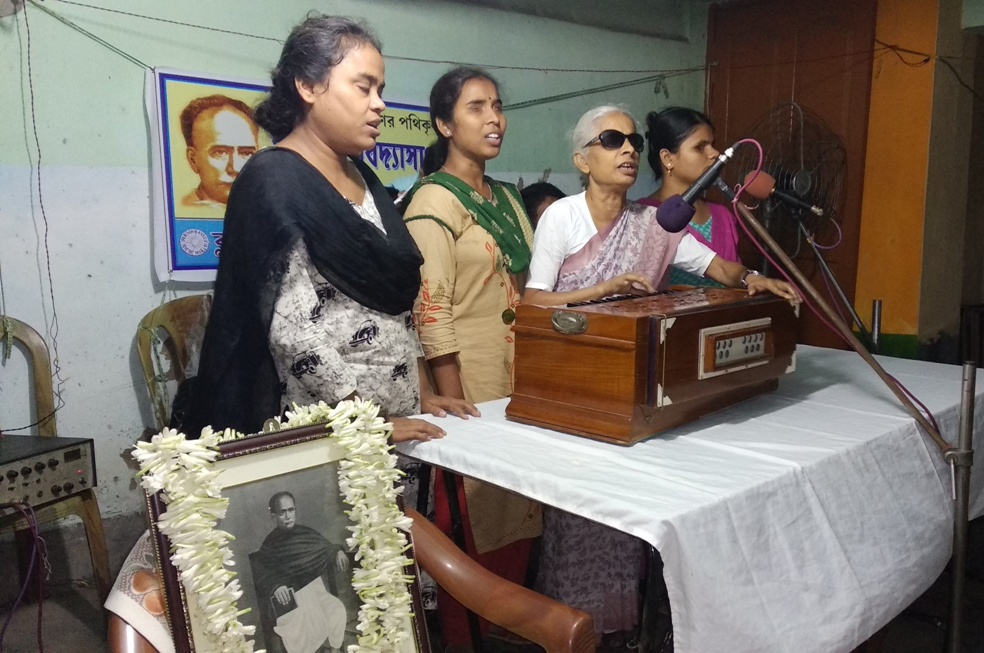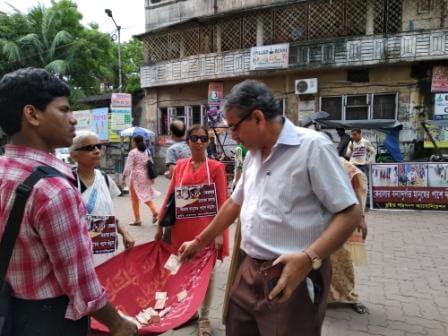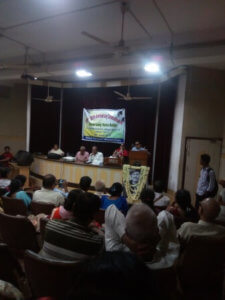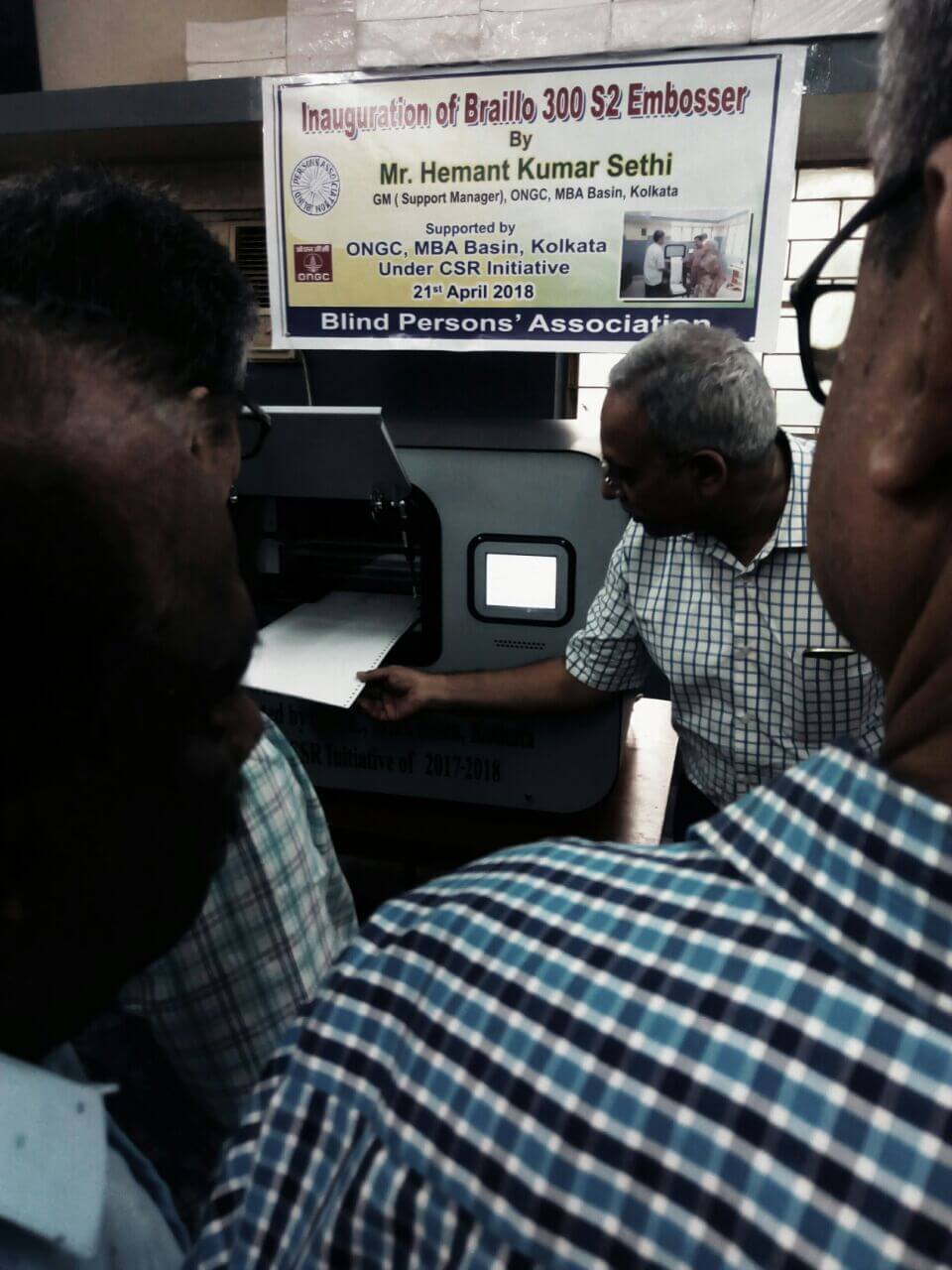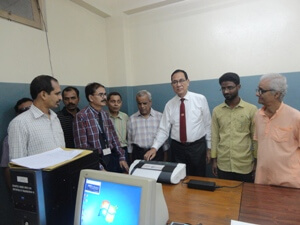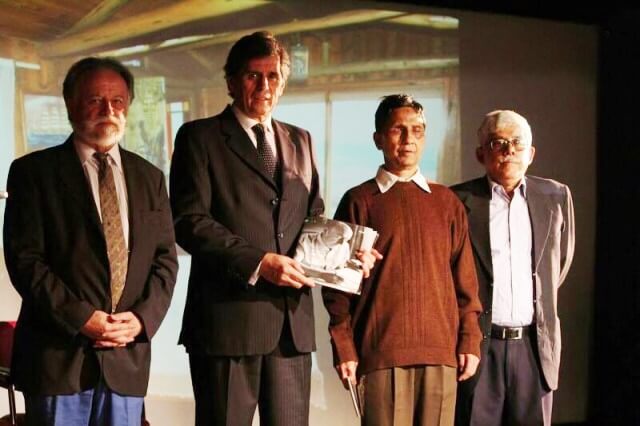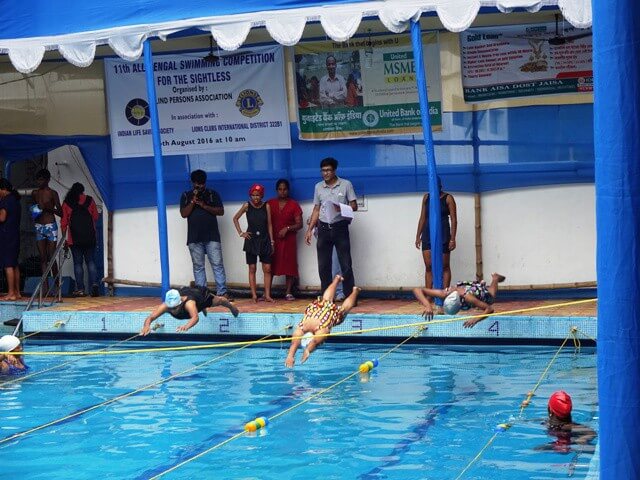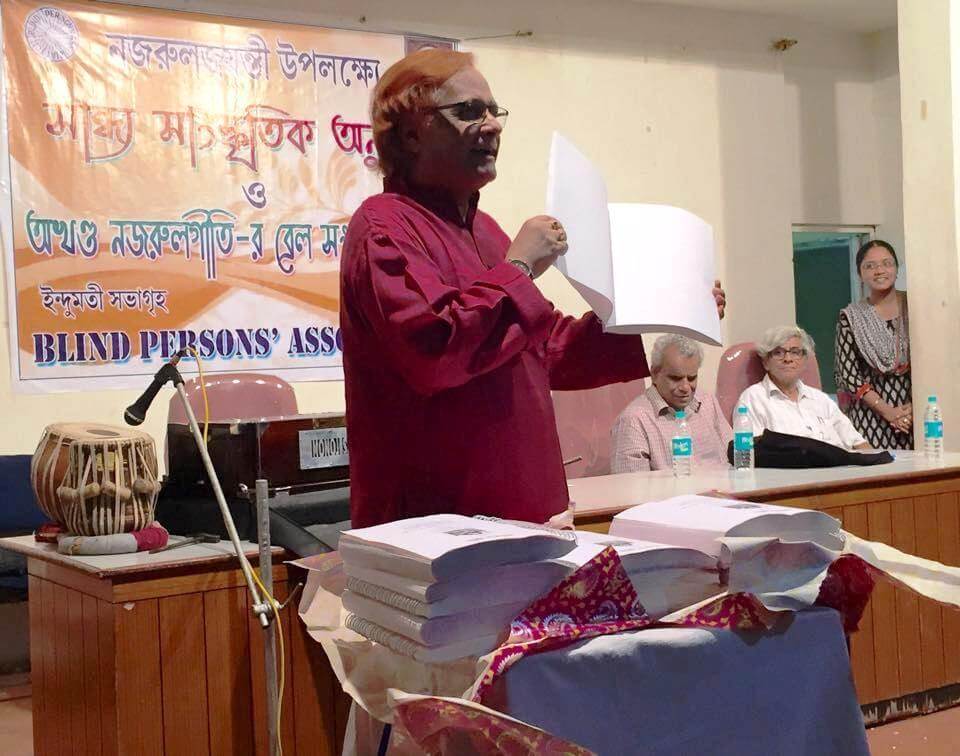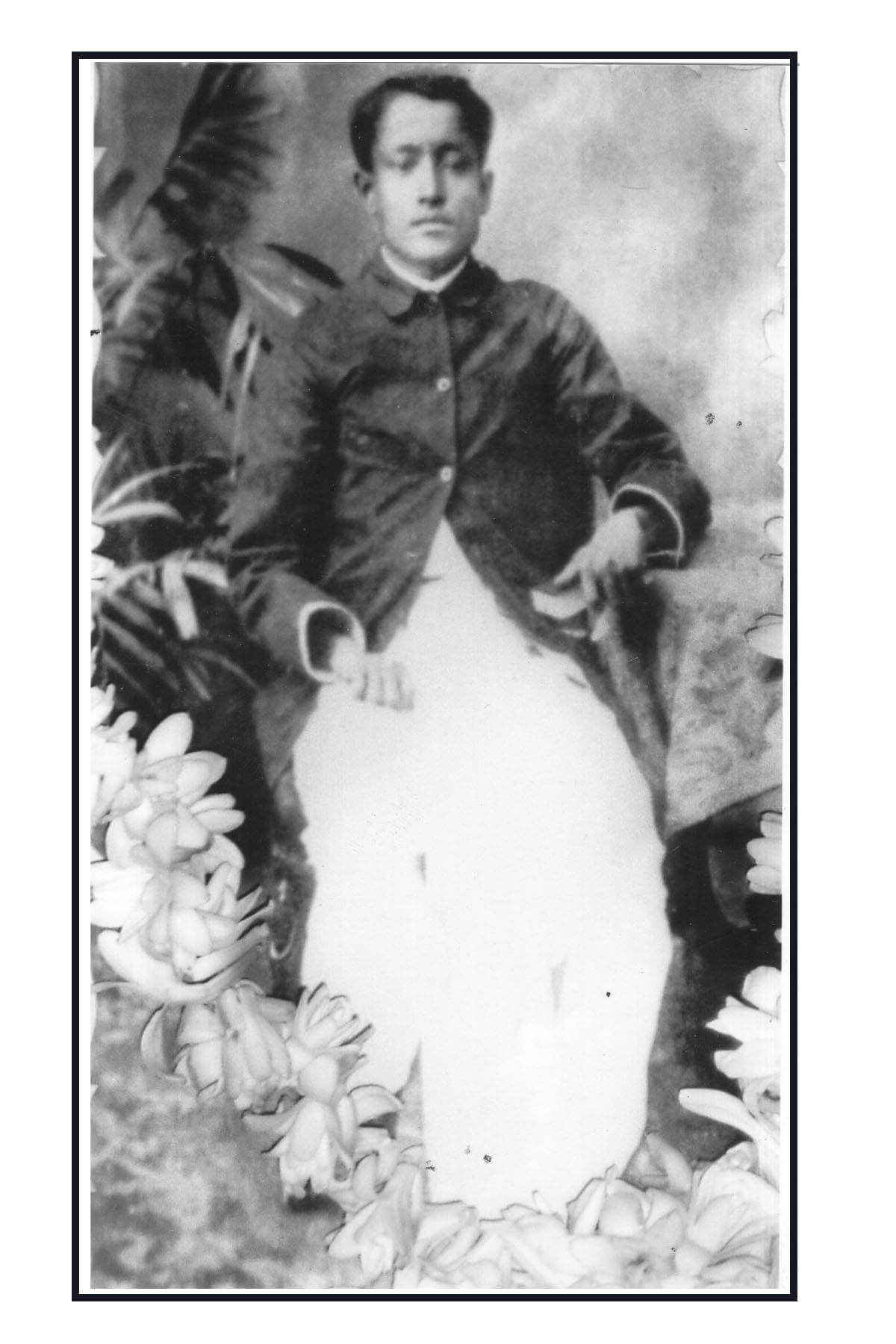The following paper was presented by Dr. Dhirendra Kumar Sarangi, Deputy Director, Directorate of Higher Education, Orissa in the Seminar on “the Significance of Braille System in the present era” organised at H.L. Roy Memorial Hall, Indian Institute of Chemical Engineering, Jadabpur University, Kolkata on August 9, 2008 by Blind Persons’ Association with the aid of Indian Council of Social Science Research (Eastern Region).
The first formal institution for the blind in the world was established in the year 1260, the “Quinze-Vingts” hospices by king Louis in France. The Quinze-Vingts did provide a unique shelter and community for blind persons. The hospices was largely self-governing and officially licensed its blind inhabitants as beggars in uniform. The inhabitants led a more regulated and secured life than those of many of their contemporaries. The residence kept some of the proceeds of their own begging but had to leave a portion of their property, upon their death, to the hospices.
Valentin Haüy was a skilled linguist who spoke ten living languages in addition to Greek and Hebrew. He worked as interpreter to the king. Valentin was associated with first school for the deaf in Paris. He was a man with a very different sentiment and idealism. One Sunday in the spring of 1784 Valentin pressed a coin into the hand of a young blind boy begging near the entrance of the church “Saint Germain des Pres”. The boy instantly called out the denomination, believing that Valentin had accidentally given him too large a sum. The sensible man Valentin thought to himself “the blind could learn a great deal, perhaps even read using the sense of touch.” Valentin developed interest in educating blind. And the beggar, 17 year old Francois Lesueur became Valentin’s first pupil.
Francois had been blind since infancy and used to beg on the streets of Paris to support his family. Valentin taught Francois to read by using wooden letters to form words. Valentin made up Francois lost earnings from begging while he taught him to read. Within six months Francois got mastery of the basic elements of primary education. Francois one day could decipher by touch the printed letter ‘O’ over a funeral card which was raised enough. The idea of embossed letter for blind came to the mind of Valentin. Valentin solicited help from blind celebrities of the time to improve the teaching and learning method for the blind. He originally operated the school from his home. As pupils member increased, Valentin could get sufficient royal support to expand the school and shifted it to new campus. Valentin used to take blind students to Versailles to entertain the king during Christmas with demonstration of reading, arithmetic and using tactile maps. The school established a print shop run by students to make embossed books. The first embossed book by Valentin for use of blind was “Essay on Education of the Blind” (1786) in which he had explained his methods. Valentin original method of embossing books was to apply soaked paper to raised letter forms (metal type) so that the tactile shape of the specially crafted large letters remained after the paper dried. The pages were then glued back to front to provide a two-sided sheet. But the embossed book had its own handicap. It was difficult to read as the shape of each letter had to be traced individually. Further the finished books were too heavy for small students to lift. This is the school “Institution Royale des Jeunes Aveugles” where Louis Braillle will take admission. At the time of Louis Braille’s admission (1819) the school was over 30 years old, had 100 pupils and had a total of 14 embossed books.
Louis Braille was born on 4th January 1809 in Coupvray, the fourth child of a saddle maker. At the age of three Louis injured his eye in an accident while playing with his father’s tool. The infection spread to the other eye. Louis Braille gradually went blind. Both Louis’s parents could read and write. And his other siblings had all attended the school. After persuasion from the local priest and a school master Louis’s father agreed to send him to the school of blind at Paris. In February, 1819, ten-year-old Louis and his father made the four-hour stagecoach journey to Paris. Louis became the youngest student of the school. Dr. Guillie was running the school for the blind at the time of Louis’s admission. Financial condition of the school was in bad shape. Many nobles who had once helped the school were themselves killed, jailed or in flight from France after revolution. The students used to weave fabric for their own uniform, made slippers, fishing nets, straw chair bottoms etc. which were sold in Parissshop. For teaching Guillie had relied heavily on older students acting as tutors or repeaters to give lessons verbally to younger students. Guillie had personal love for music. Thus music lesson was compulsory for all students. He recruited good volunteer teachers from amongst local musical professionals. Louis Braille adjusted quickly to the life at school and made friends Gabriel Gauthier was a very close friend of Louis who was one year older to him.
Valentin Haüy losing control over the school struggled to maintain some teaching activity for the blind. He left France in 1802 with one of his promising students Alexandre Fournier. Together they spent over a decade in exile working with blind students in other European countries. Using Valentin’s idea and methods blind schools started in Vienna (1804), Berlin (1806), Amsterdam (1808), Desden (1809), Jurich (1810) and Copenhagen (1811).
Another man who had large influence on Louis Braille’s future was Charles Barbier de La Serre who served as a captain in Napoleon’s army. Barbier had once seen all the troops in a forward gun post completely destroyed by the enemies when they lighted a single lamp to read a message. Barbier developed a tactile system for sending and receiving message. This device enabled the writer to create message in dark. He used dot-and-dash for “night writing” artillery code. Barbier’s system was never used by the army. But realizing the importance of the system for blind, Barbier once gave a demonstration of his dot-and-dash-based “night writing” system before Royal Institute of Blind Children.
Louis Braille from his childhood days had been trying to create alphabet pattern using upholstery pins on leather. Louis Braille was thunderstruck when he first touched the dots of the night-writing samples. Once he touched the dots, he knew that he had found his medium. Barbier used a huge cell which was large enough to be covered under a fingertip. Louis Braille tried various modifications of Barbier’s code that would enable the alphabet symbols to fit under one fingertip.
In Octobver, 1824 Louis unveiled the new alphabet system when he was only 15 years old. He had found 63 ways to use a six-dot cell. His new alphabets were received enthusiastically by other blind students of his school. Gabriel Gauthier, Louis’s best friend, was probably the first person ever to read Braille. A great problem of literacy for blind was largely solved. Louis was an exceptionally talented musician and used to play organ at a local church. By 1828 he had found a way to copy music using his new code. In 1829, at the age of 20, he published his first complete book; “Method of Writing Words, Music and Plain Songs by Means of Dots, for Use by Blind and Arranged for Them” which contained in detail his new system. Louis Braille’s new system gained popularity when Louis Braille, Hipopolyte Coltat and Gabriel Gauthier became first blind full profesors at the school. All three new teachers used the new alphabet in their classes. The new dot system developed by Louis became among blind students and teachers. For a time the sighted teachers in the school resented the new code as they were apprehensive and worried for their own job.
Spending so much of his life in the unhealthy school building and living on a poor diet caused Louis to develop tuberculosis in his mid-twenties. For the rest of his life he continued with bad health, terrifying hemorrhages and near fatal collapses. Despite his illness, teaching load, playing the organ etc., he worked on at refining the code.
Louis revised his alphabet in 1837. In the same year the students at the school published the first Braille book in the world, a three volume history of France. Louis Braille spent last eight years of his life brailing books for the shool library as he battled his declining health. People were starting to call the dot symbols by his name, “Braille” and a rowing number of enquiries about it was reaching the school from all over the world. Still, when Louis Braille died on 6th January, 1852 (just two days past his 43rd birth day), not a single Paris newspaper noted his passing away. But his system suvived. In 1854 France adopted Braille as its official communication system for blind people. Victor Ballu experimented with a shorthand system. He (Ballu) had devised a true interpointing scheme for printing two-sided pages. Persons like Thomas Rhodes Armitage of England and William Bell Waite, Superintendent of New York Institute of Blind have tried to develop their own method for writing for blind, but all other systems were eventually eclipsed by Braille. Today Braille has been adopted to nearly every language on earth and remains the major medium of literacy for blind people everywhere. Helen Keller once in her speech said, “We the blind, are as indebted to Louis Braille as mankind is to Gutenberg.”
Dr. D.K. Sarangi

